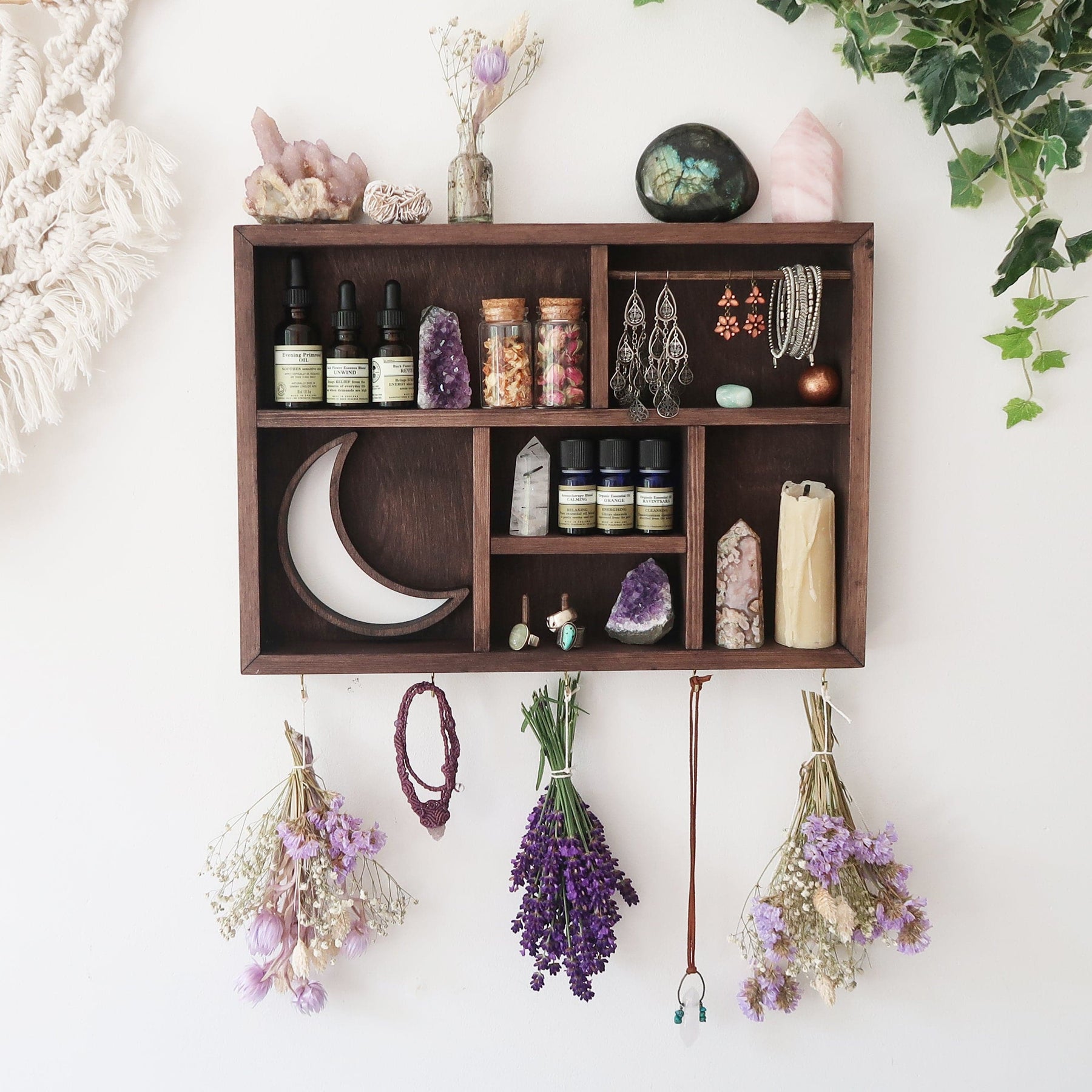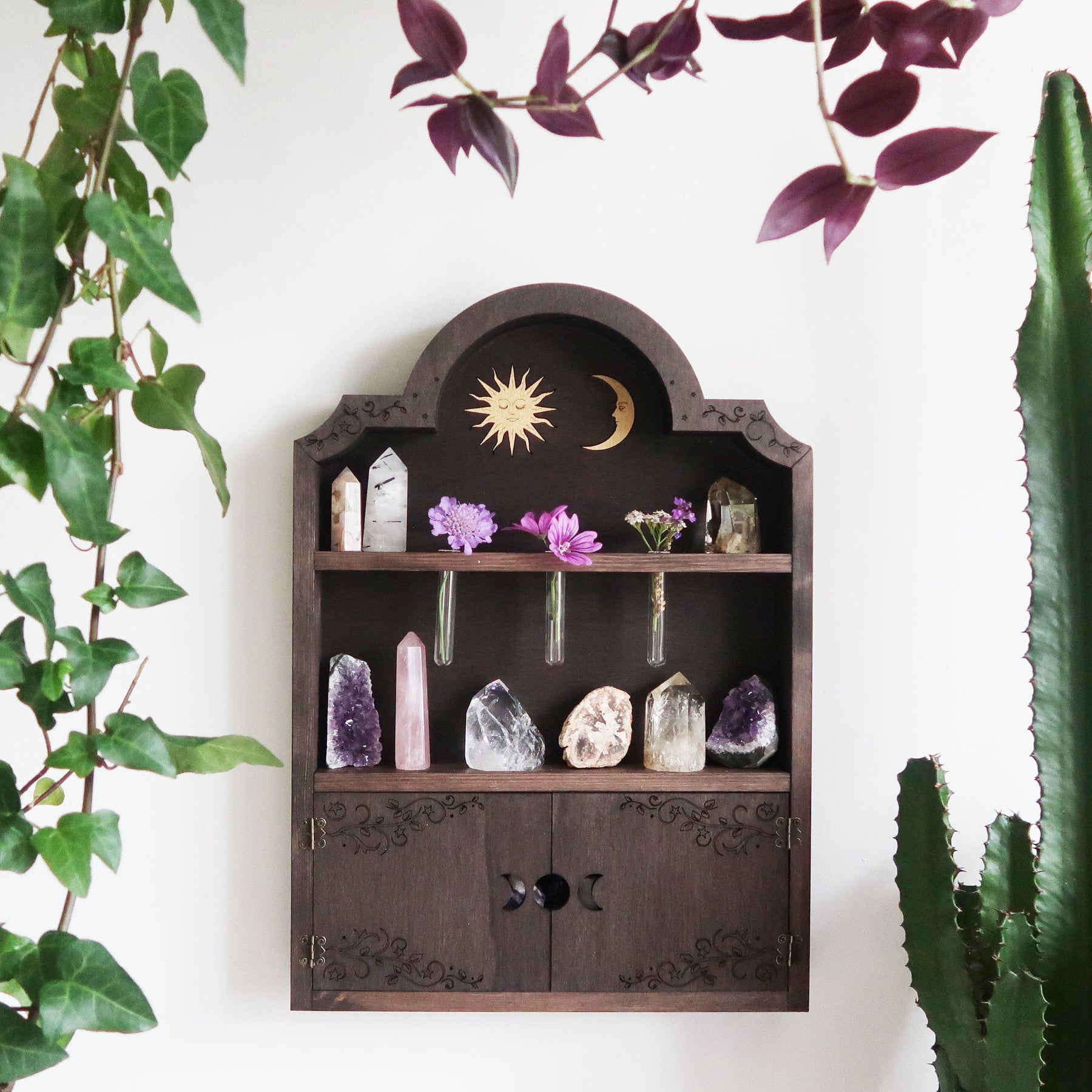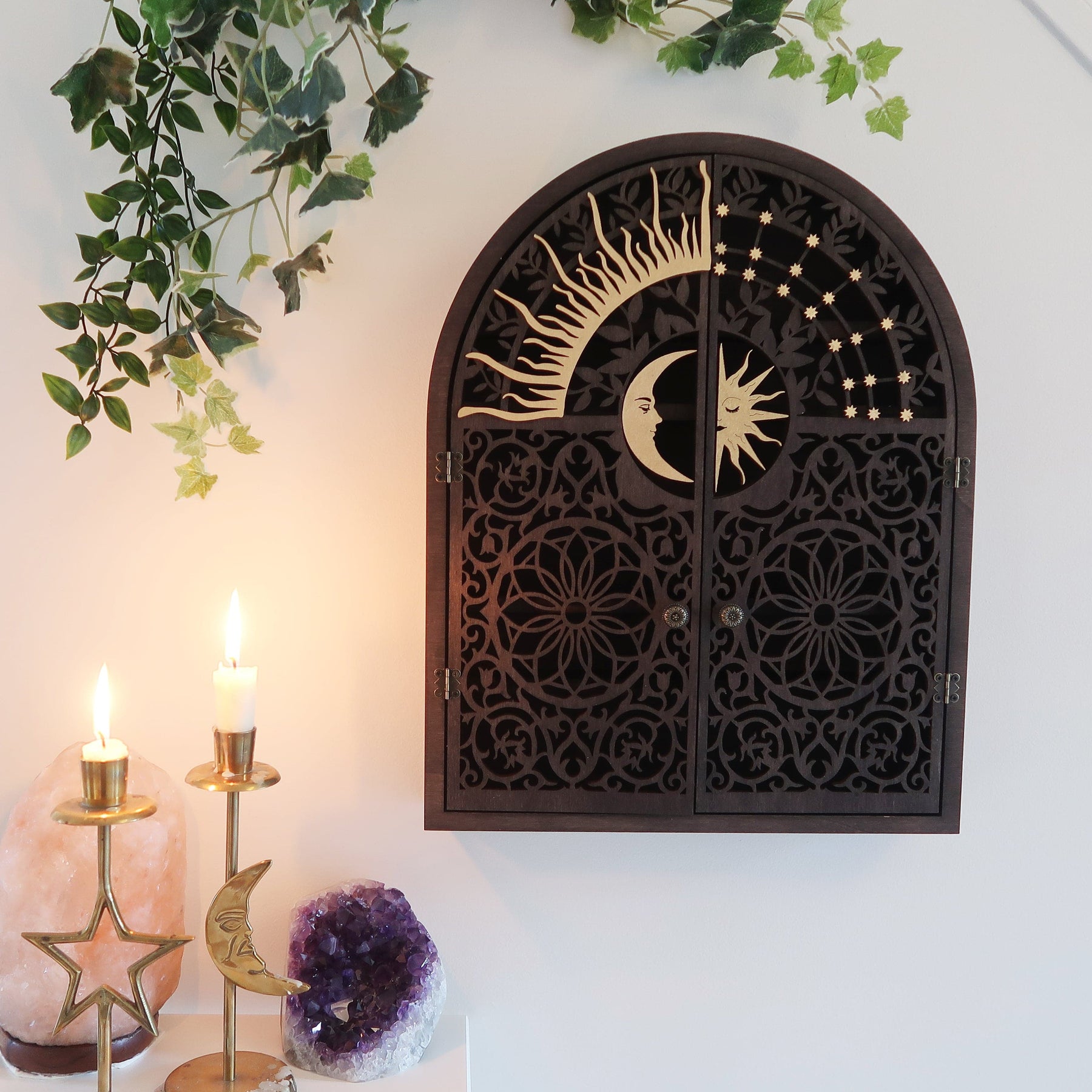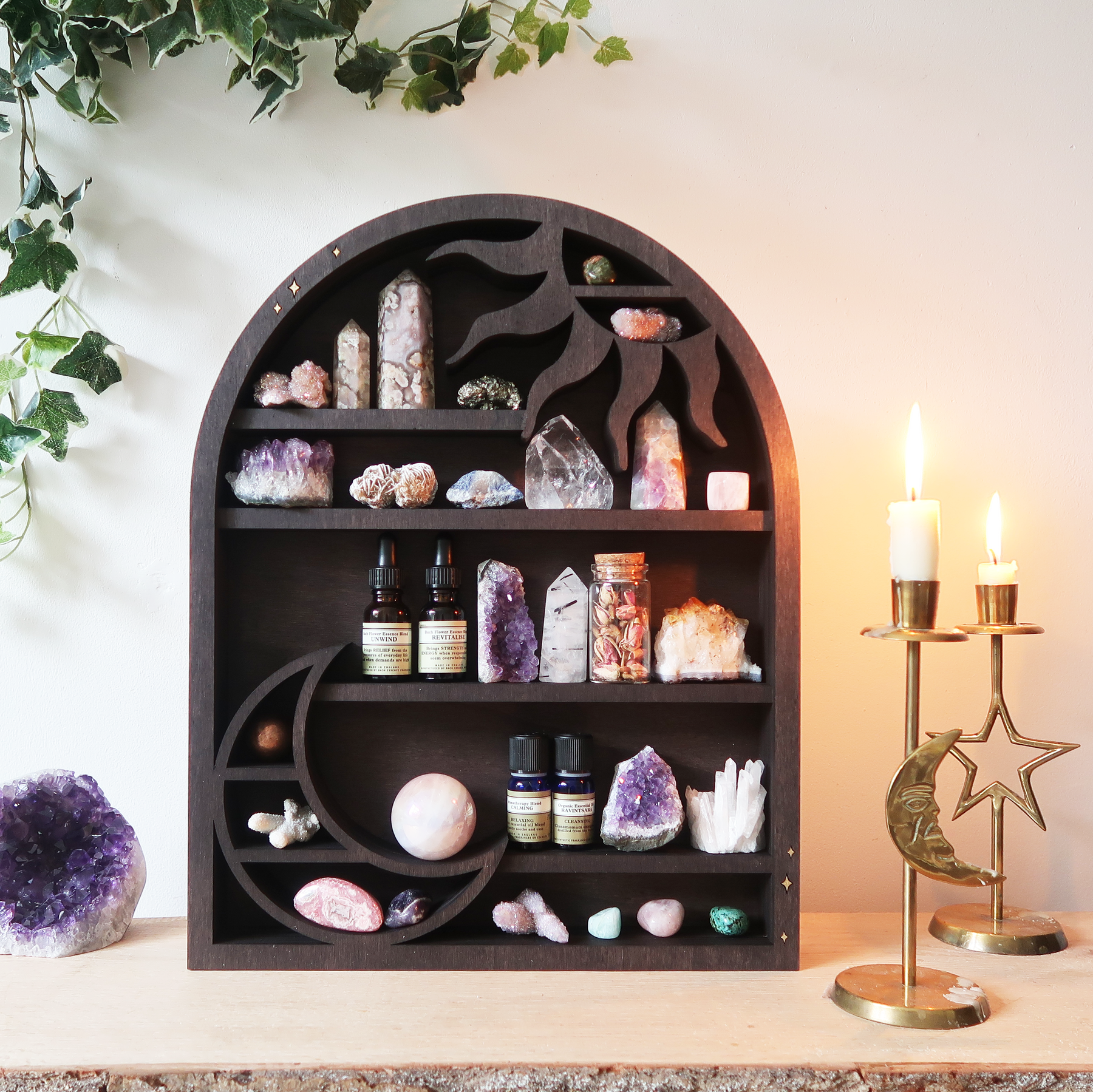7 Old Apothecary Recipes (Ancient Wisdom)
While organizing my grandmother's attic last spring, I discovered her handwritten recipe book filled with herbal remedies passed down through generations.
One simple throat syrup combining honey, thyme, and lemon had notations dating back to the mid-1800s.
As I carefully tried the recipe during a winter cold, I felt connected to a lineage of healers who relied on nature's pharmacy long before modern medicine.
Traditional apothecary remedies represent centuries of careful observation and wisdom.
These time-tested formulations often utilize simple, accessible ingredients that have provided relief and healing across many generations, connecting us to ancestral knowledge that remains surprisingly relevant today.
1. Four Thieves Vinegar: The Legendary Immune Tonic
Perhaps the most famous apothecary preparation, Four Thieves Vinegar comes with a captivating origin story.
Four Thieves Vinegar gained its reputation during the European plague years when, according to legend, four thieves who robbed plague victims remained mysteriously healthy because they bathed in and consumed this powerful herbal vinegar.
While many variations exist, the traditional recipe includes:
- 1 quart apple cider vinegar
- 2 tablespoons each of dried rosemary, sage, lavender, and thyme
- 1 tablespoon each of dried mint and crushed garlic
- 1 teaspoon crushed black peppercorns
The herbs are infused in vinegar for 2-4 weeks, then strained. The resulting preparation was used as a topical disinfectant, room spray, and even taken internally diluted in water.
The Sun & Moon Apothecary Cabinet offers perfect storage for both the dried herbs needed for this recipe and the finished preparation.
With its beautifully engraved doors protecting the contents from light exposure, this artisanal cabinet maintains the potency of your herbal vinegar while adding mystical beauty to your preparation space.
2. Rose Honey: The Medieval Floral Remedy
Appearing in texts dating back to medieval Europe, rose honey combines simple ingredients into a delightful medicinal treat.
Rose honey served as both medicine and luxury in ancient apothecary traditions, combining the soothing properties of roses with honey's natural preservative and antimicrobial qualities.
Traditional recipe:
- 1 cup fresh, fragrant rose petals (ensure they're unsprayed)
- 2 cups raw honey
- Glass jar with tight-fitting lid
The petals are layered with honey and left to infuse for 2-4 weeks, resulting in a fragrant honey used for sore throats, minor burns, and as a gentle mood elevator.
When I shared this recipe during a workshop last summer, one participant brought her grandmother's rose honey recipe card from 1930s rural England.
Her version included a pinch of cinnamon, which adds warming circulation-boosting properties to this ancient remedy.
3. Lavender Sleep Sachet: The Victorian Insomnia Remedy
Victorian apothecaries commonly prescribed herbal sachets for various ailments, with sleep blends being particularly popular.
Lavender sleep sachets have been used since ancient Roman times, but became refined during the Victorian era when apothecaries created specific herbal blends tailored to different types of sleep disturbances.
The Celestial Arch Cabinet provides the perfect storage for your dried herbs and completed sachets.
Its intricate mandala design reflects the meditative focus needed for herbal work, while the enclosed cabinet with bronze flower door knobs keeps light-sensitive dried herbs protected and potent.
Traditional sleep sachet recipe:
- 3 tablespoons dried lavender buds
- 1 tablespoon dried chamomile flowers
- 1 tablespoon dried rose petals
- 1 tablespoon dried hops (optional)
- Small cotton or muslin bags
The herbs are mixed and placed in small bags kept under pillows or near bedding. Historical texts suggest replacing the mixture every 3-4 weeks for optimal effectiveness.
4. Wildflower Oxymel: The Renaissance Elixir
Oxymels (combinations of honey and vinegar infused with herbs) appear frequently in Renaissance apothecary texts.
Oxymels represent one of the oldest preservation methods in herbal medicine, using both honey and vinegar to extract and maintain plant properties while creating a balanced sweet-and-sour medicinal preparation.
Traditional wildflower oxymel recipe:
- 1 cup raw honey
- 1 cup apple cider vinegar
- 2 cups fresh edible flowers and herbs (commonly used: violet flowers, elderflowers, thyme, and mint)
- Glass jar with plastic or coated lid (vinegar corrodes metal)
The Sun & Moon Arch Crystal Shelf provides a beautiful display space for both your ingredients and finished oxymels.
Its celestial design honors the traditional connection between herbal medicine and lunar cycles, while offering practical storage space for your apothecary creations.
Herbs are covered with equal parts honey and vinegar and infused for 2-4 weeks. The resulting liquid was historically used for sore throats, coughs, and as a general tonic.
5. Calendula Salve: The Battlefield Wound Healer
Dating back to ancient Rome and Greece, calendula salve became particularly important during medieval and Renaissance periods.
Calendula salve was so valued for wound healing that it was standard issue for battlefield surgeons from the Middle Ages through the American Civil War, with each army medic carrying their own variation of this powerful healing preparation.
Traditional recipe:
- 1 cup calendula-infused oil (made by infusing dried calendula flowers in olive oil)
- 1 ounce beeswax
- Optional: 5-10 drops essential oil of lavender or rosemary
The infused oil and beeswax are gently heated until melted, then poured into tins or glass jars to cool. This salve was traditionally used for minor wounds, burns, and skin irritations.
6. Rosemary Hair Rinse: The Monastic Beauty Secret
Monastery gardens always featured rosemary, and medieval texts frequently mention its use for hair care.
Rosemary hair rinse appears in numerous monastic medicine texts, where it was valued for strengthening hair, preventing premature graying, and stimulating the scalp when used regularly.
I learned this recipe from an herbalist whose family has preserved their Italian apothecary traditions for generations. She explained how her great-grandmother would prepare large batches each spring to use throughout the year.
Traditional recipe:
- 4 tablespoons dried rosemary
- 2 tablespoons dried nettle (optional)
- 1 quart boiling water
- 1 tablespoon apple cider vinegar
Herbs are steeped in boiling water for 4 hours or overnight, strained, and the vinegar is added. The mixture is used as a final rinse after washing hair and is not rinsed out.
7. Digestive Bitters: The Ancient Digestive Aid
Bitter herbal preparations have been used to support digestion across virtually all traditional medicine systems.
Digestive bitters formulations appear in ancient Egyptian, Greek, Chinese, and European apothecary texts, highlighting how diverse healing traditions independently discovered the value of bitter-tasting herbs for improving digestion.
Traditional simple bitters recipe:
- 1 tablespoon dried dandelion root
- 1 tablespoon dried orange peel
- 1 teaspoon dried ginger
- 1 teaspoon cardamom pods
- 2 cups high-proof alcohol (traditionally vodka or brandy)
The herbs are infused in alcohol for 2-4 weeks, then strained. A few drops were traditionally taken before meals to stimulate digestive juices.

About the Author
Janie Fagan is the lead writer and resident crystal expert at Coppermoon.
With over 20 years of experience in spiritual practices and crystal work, Janie comes from a lineage of spiritualists who have passed down their wisdom through generations.
Her approach combines traditional knowledge with practical, modern applications, helping readers create sacred spaces that honor both ancient traditions and contemporary needs.
When not writing or working with crystals, Janie can be found tending to her moon garden, practicing sound healing, and exploring the connection between celestial movements and earth energies.
She believes that everyone deserves access to the tools and knowledge that make spiritual practice accessible and meaningful in everyday life.






Leave a comment